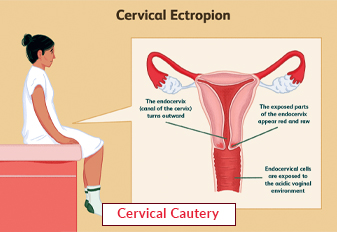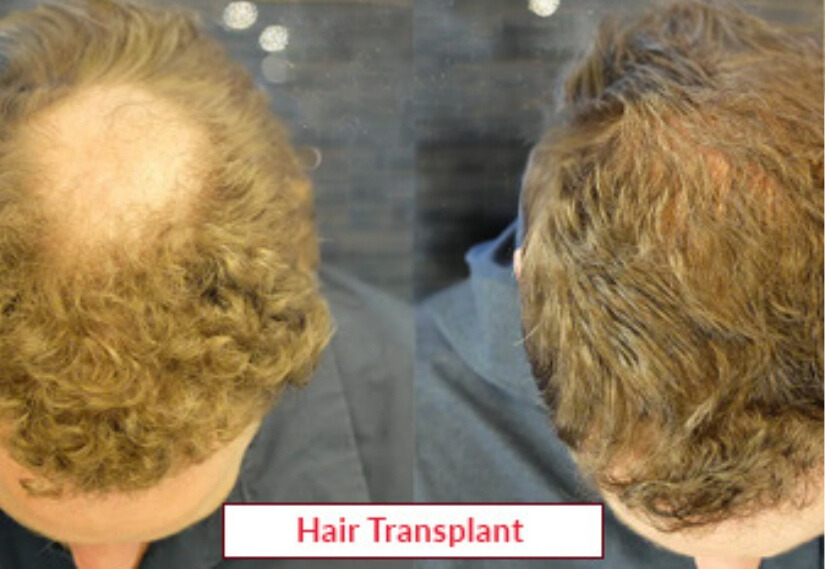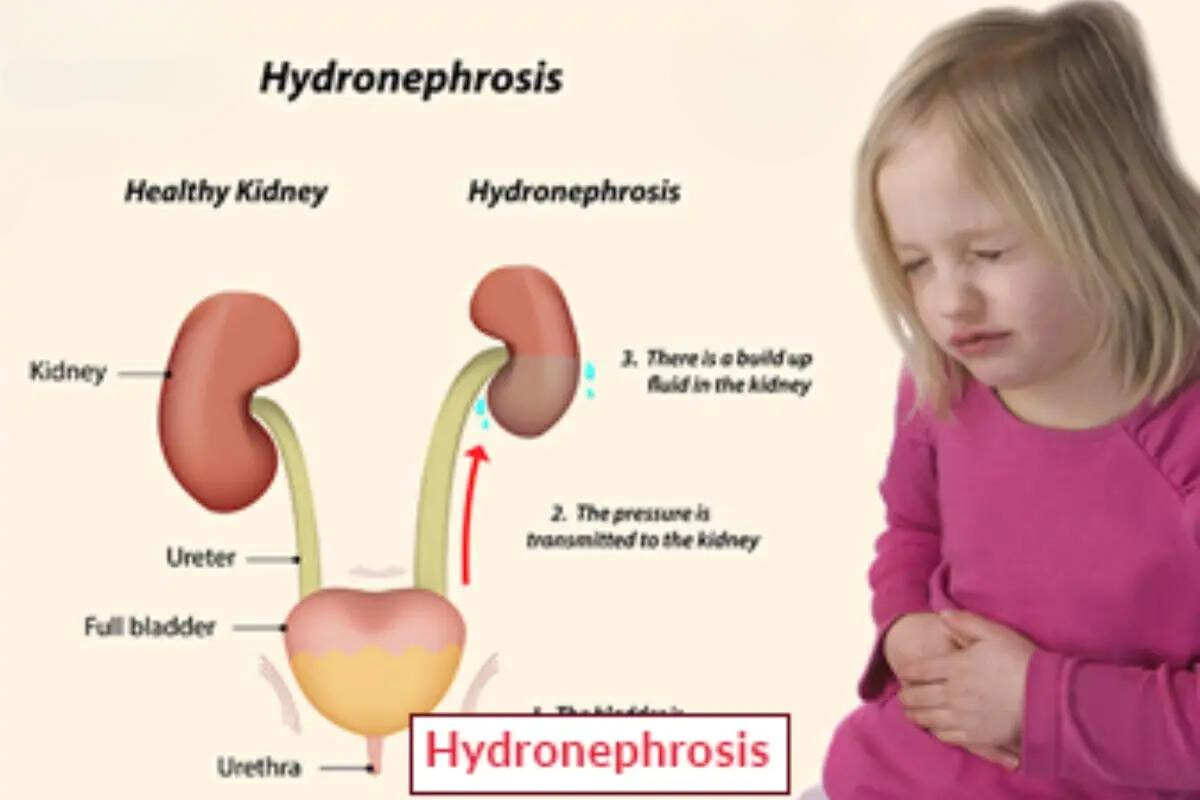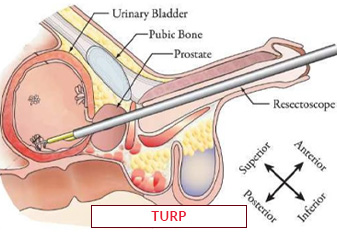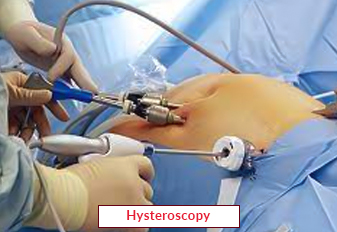A medical treatment used to treat abnormal cell tissues that are causing inflammation in the woman’s cervix is called cervical cautery. It is also known as cervical diathermy or cervical ablation. In this medical procedure, medical experts use cold, heat, or chemicals to remove the abnormal cells to manage precancerous risks. This procedure assists gynecologists in applying the best treatment and heals the cervix, and also prevents the risks of complications. The purpose of this treatment is to discard unhealthy tissues and make room for generating healthy cells.
Although it is a non-invasive treatment procedure, it is performed under local anesthesia in the hospital or a clinic under the consultation of an experienced doctor who specializes in dealing with gynecological health concerns. Additionally, it is an effective treatment method, like cervical conization treatment, to eliminate precancerous cells that are causing problems in the woman’s cervix.
Cervical Cautery Indications
The following are indications that show you need to go for a cervical cautery procedure to treat the cervix, a lower part of the uterus:
Chronic Inflammation: When the cervix part consistently inflamed because of infection, and causes problems like irritation, discomfort, etc. Then a doctor examines your uterus and suggests going for cervical cautery treatment.
Cervical Erosion: When your inner lining of the cervix gets exposed and irritated this condition is called cervical erosion. As a result you experience various symptoms including bleeding, pain, etc, hence a healthcare provider recommends you to opt for this treatment.
Abnormal Bleeding: If a woman is suffering from abnormal bleeding during menstrual cycle and sexual intercourse. Then she needs to go for cervical cautery procedure to address or resolve this concern.
Postpartum Recovery: In rare cases women may experience cervix-related concerns after the vaginal delivery. In this situation, you need to go for cervical cautery treatment to get better or heal sooner.
Prevention of Other Issues: Cervical cautery treatment can assist you to help prevent more serious illnesses, such as cervical cancer, etc.
Failure of Conservative Treatments: When other treatments such as medications, ointments aren’t effective enough to resolve the symptoms, this indicates to go for the cervical cautery treatment.
Procedure of Cervical Cautery
The Cervical cautery treatment procedure is performed through following steps:
Consultation
Firstly, a woman needs to consult with an experienced gynecologist and tell them the symptoms that she is experiencing during the menstrual cycle and sexual intercourse. Then the healthcare provider will examine the condition and determine the suitable treatment options, whether it is medications, surgical, or nonsurgical procedures.
Once the medical expert decides on the treatment option for the patient. He/She will explain to the individual the benefits of the treatment and the potential risks in detail. And then proceed with the procedure after getting confirmation from the patient.
Anesthesia
According to the complication of the case, a doctor will give anesthesia to the patient. Anesthesia will numb the cervix and ensure the female remains calm and relaxed throughout the procedure.
Cervical Cautery
During the procedure, a health care provider uses a specialized device or instrument that is called probe or loop electrode. Through this device, a doctor applies heat or cold electrical energy to destroy the abnormal cervical tissues. The energy removes the targeted cells and assists doctors to treat the patient. Additionally, the whole procedure can be used through various medical techniques such as thermal cautery, cold coagulation, and laser ablation.
Recovery and follow-up
Once the procedure is done, the female may experience mild cramping, discomfort, and vaginal discharge, which is quite normal and will go away within a few days. However, it is necessary to follow the post-procedure instructions given by the doctor. These include avoiding sexual activity or using tampons right after the procedure.
Cervical Cautery Cost & Its Advantages
The cost of cervical cautery procedure depends on various factors. These include the patient’s condition, the type of procedure, and the surgeon’s experience. However, the average cost of the procedure is estimated at 6000 to 2300 INR.
Additionally, it also depends on the type of hospital and city in India. Although the procedure is minimally invasive, it involves a heated probe to reduce the unhealthy tissues.
Advantages:
There are several benefits of this medical technique, which are as follows:
- Non-invasive
- Promote Healing
- Various Symptoms Relief
- Minimum Complications
- Miners’ risks of infections
- Give room to generate healthy cells
- Reduce discomfort
- Get relief from chronic pelvic pain
- Promote Comfortable sexual relations
- Reduce Bleeding
Risks & Side Effects Associated with Cervical Cautery
Although the procedure is non-invasive and safe option to treat cervical problems, in rare cases it may pose potential risks and side effects, which are as follows:
- Scars: Scars may occur on the cervix after the procedure and may pose risks during childbirth, and also obstruct the cervical opening.
- Over Bleeding: Bleeding is normal while the procedure is done, however, the procedure can pose a risk of over bleeding, which needs immediate attention of medical experts to stabilize or reduce the discomfort of the patient.
- Infection: Infection could be possible after the procedure as a result individuals may experience fever, pelvic pain, and a lot of discomfort and irritation.
Recovery from Cervical Cautery Treatment
The following are the recovery tips that a female must follow after the procedure these include:
- Take proper rest and do not indulge or participate in heavy activities like weight lifting, driving, climbing stairs, swimming, etc.
- Must take all prescribe medicines on time along with a good diet, and avoid having those supplements that can trigger pelvic pain or cervical conditions.
- Rigorously following all the instructions that are given by the consulted doctor. You can also take follow-up after the procedure.
- Avoid consuming alcohol this could lead you to further health problems.
- During the recovery period if you experience pain take pain management medications.
- Recovery usually takes 2 to 3 weeks so must follow the above mentioned tips.
Our Other Services
Latest Health Tips
Can Immunotherapy Cure Stage 4 Lung Cancer?
Early Signs of Cervical Cancer
Foods that Kill Cancer: Leafy Vegetables, Grains, & More
What Stage of Cancer is Immunotherapy Used For?
Which is Worse for Cancer, Sugar or Alcohol?
Vaccines That Prevent Cancer
What Kills Cancer Cells in the Body Naturally?
5 Early Warning Signs of Bone Cancer
Submit Your Enquiry
Testimonials








